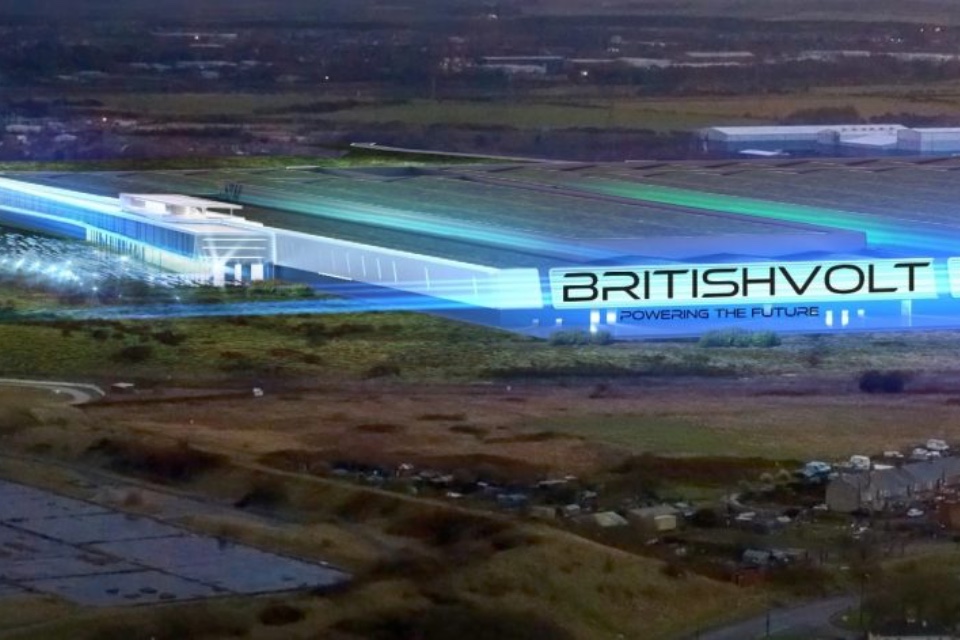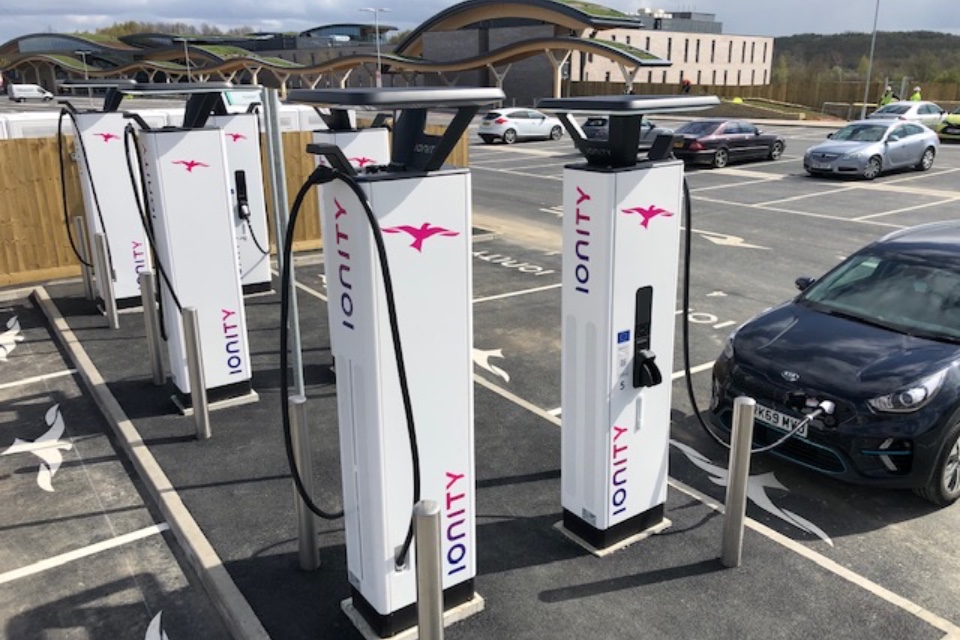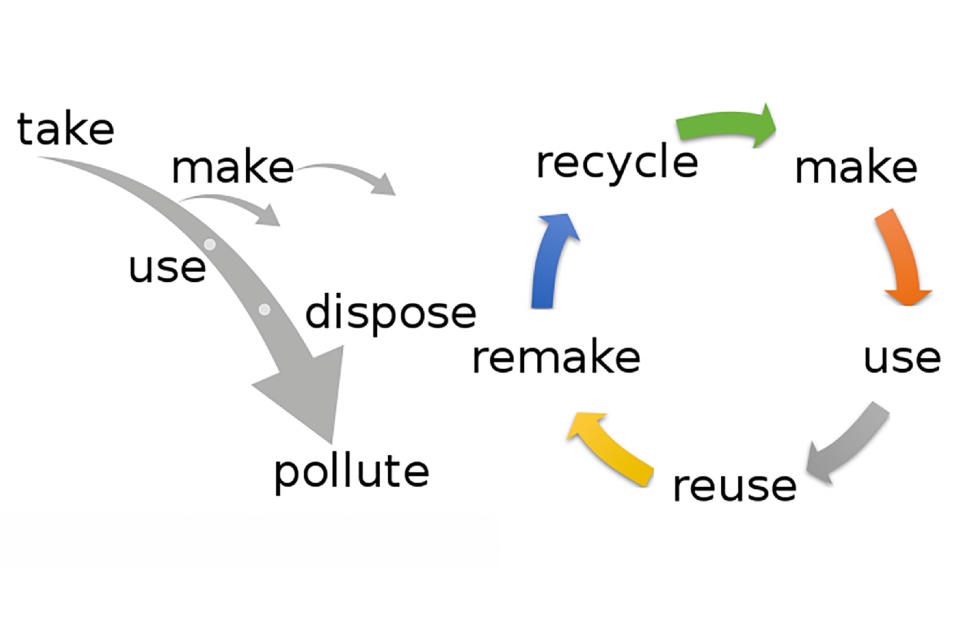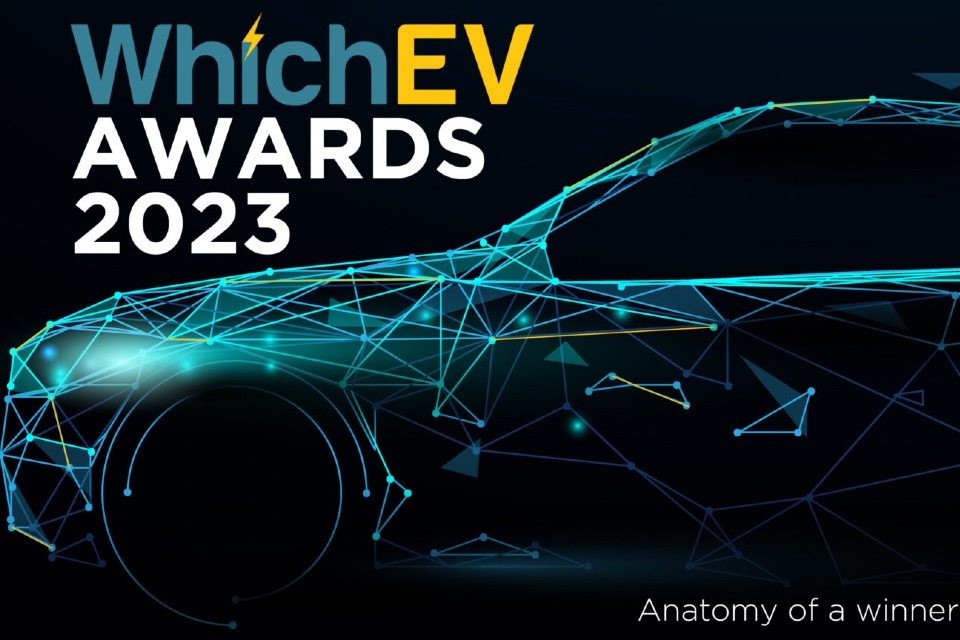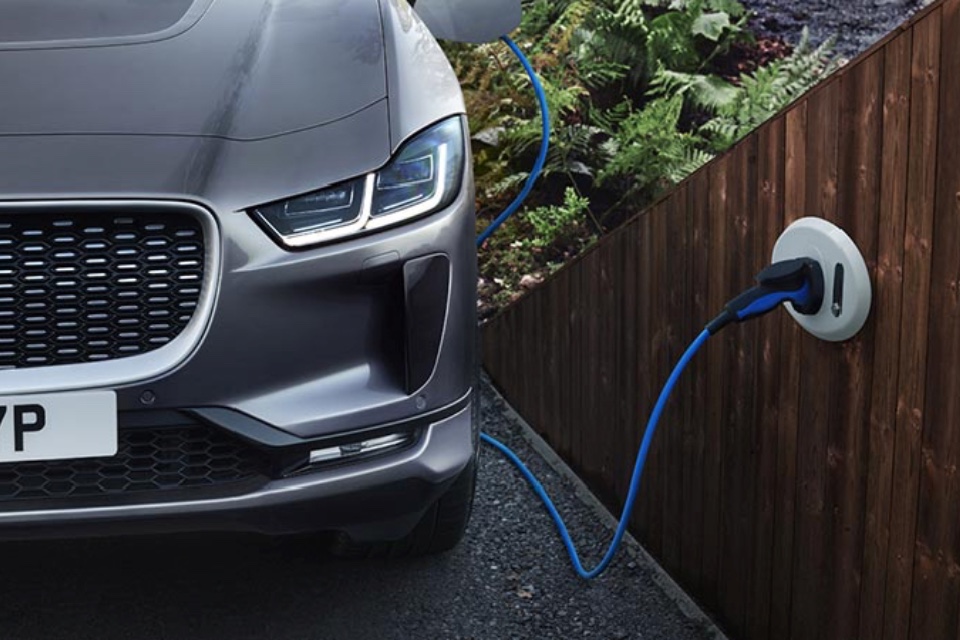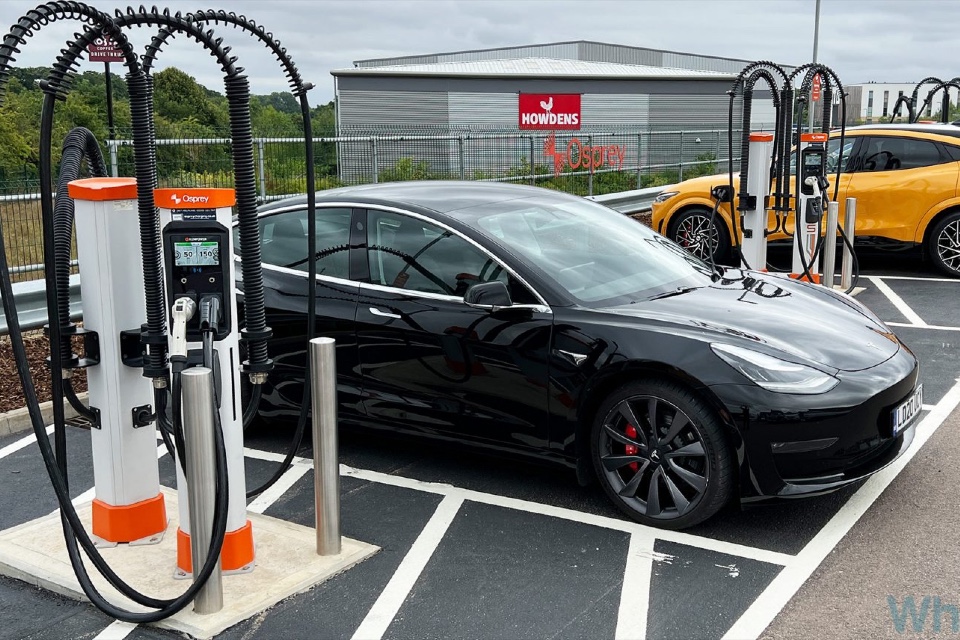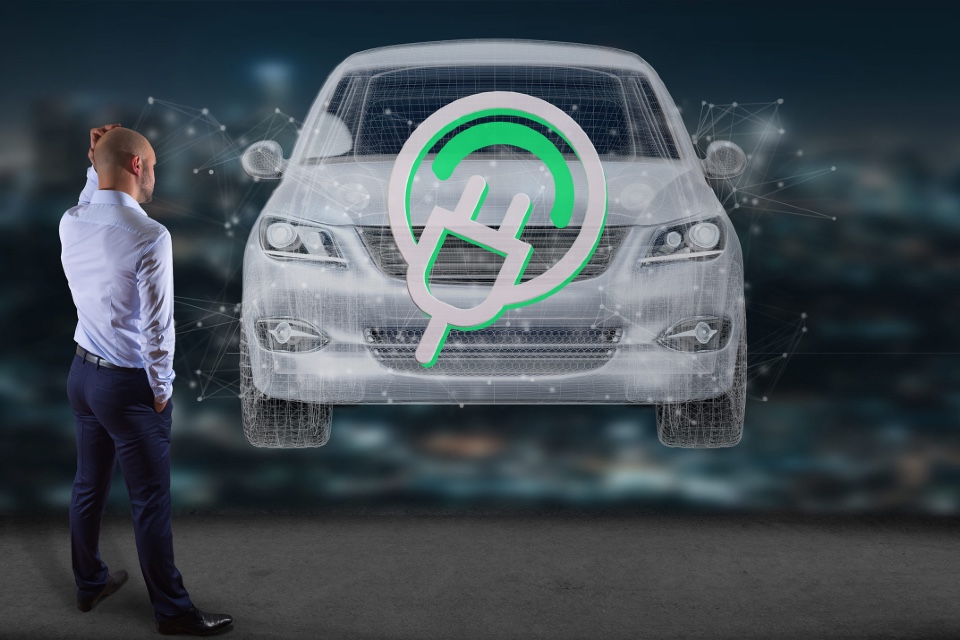THE WHICH EV VIEW: What does the BritishVolt collapse mean for the UK’s EV sector?
https://fleetservicessummit.co.uk/wp-content/uploads/2023/02/Britishvolt-14-12-2020-750x471-2.jpg 960 640 Guest Post Guest Post https://secure.gravatar.com/avatar/cb2a67f15cd7d053d8e638a1df3fd67f?s=96&d=mm&r=gMoving out of the EU was always going to create challenges for companies where the import/export of goods is key to their success. The collapse of BritishVolt has shone a spotlight on some of the more serious challenges, while also calling into question whether a more frugal approach to the initial development of the business, might have given it more time in which to achieve success.
With the possibility of a rescue package waiting in the wings, all may not yet be lost for this Northumberland-based project.
The ground was broken in July 2021 and a year later work the first part of the foundation was being laid, yet six months later everything seem to have collapsed. William Hague blamed Brexit fare and square, while others in his party had previously cited the British battery maker as an example of post-Brexit success in the economy. Shadow Business Secretary, Jonathan Reynolds, was reported as saying that rather than being seen as a shining example of levelling up, BritishVolt in fact highlighted a lack of strategic industrial planning to help boost jobs and economic growth in the north.
It had been hoped that the plats would be fully operational by 2027 and capable of producing 300,000 EV battery packs a year.
Based near Melbourne in Australia, Recharge Industries is likely to take over the project and to use its extensive experience in running successful production plants to help get BritishVolt up and running commercially.
Key to BritishVolt’s plans was a close relationship with Tees Valley Lithium (TVL) – Europe’s largest independent/sustainable lithium hydroxide producer. Everything is now in place for that to happen, which makes you wonder why the UK Government didn’t do more to keep the project 100% British.
In a recent discussion with the CEO of one of the world’s largest producers of electric vehicles, WhichEV was told that the European Governments need to invest heavily now – in order to create a vibrant, competitive production environment for local car makers in the future. Localised lithium production and battery construction was cited as ‘crucial’.
To read the full story, head over to WhichEV!

